EDITORIAL
Published on 01 Dec 2022
Editorial: The fontan circulation: Problems and solutions
doi 10.3389/fped.2022.1087739
- 2,427 views
- 2 citations
17k
Total downloads
64k
Total views and downloads
EDITORIAL
Published on 01 Dec 2022
REVIEW
Published on 10 Jun 2022
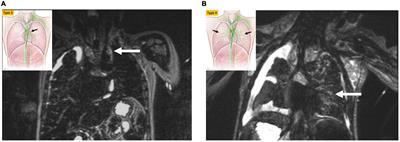
ORIGINAL RESEARCH
Published on 09 Jun 2022
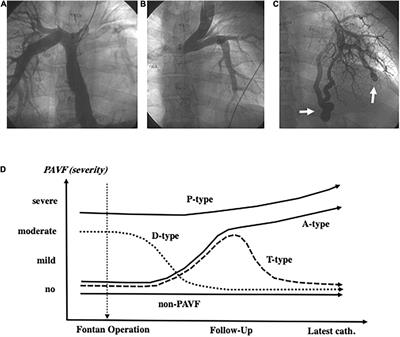
ORIGINAL RESEARCH
Published on 26 Apr 2022
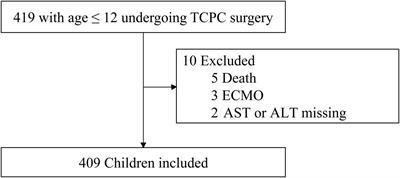
REVIEW
Published on 15 Apr 2022
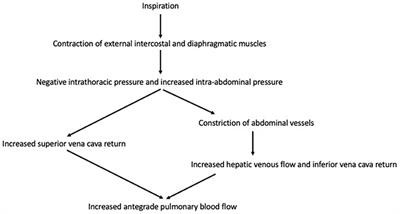
PERSPECTIVE
Published on 28 Mar 2022
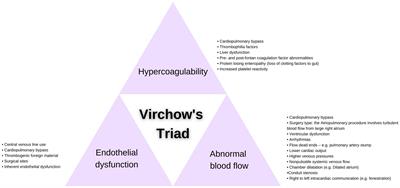
SYSTEMATIC REVIEW
Published on 22 Mar 2022
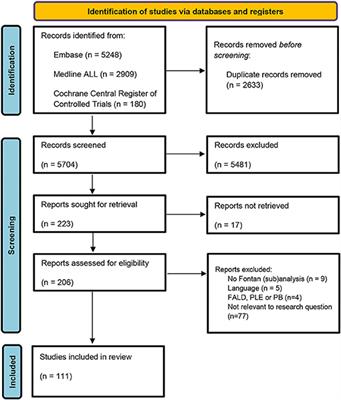
REVIEW
Published on 14 Mar 2022
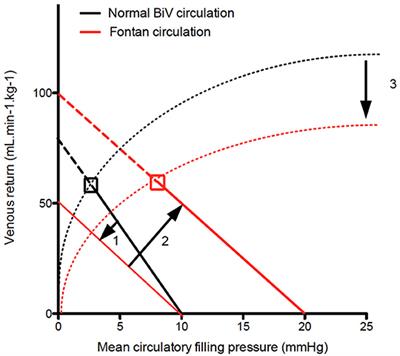
ORIGINAL RESEARCH
Published on 10 Mar 2022
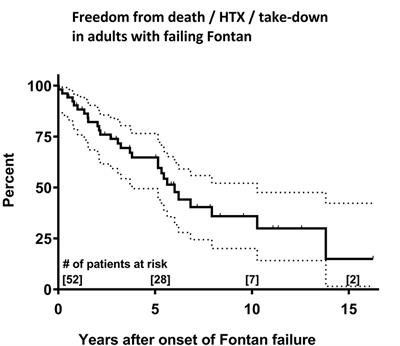
REVIEW
Published on 09 Mar 2022
ORIGINAL RESEARCH
Published on 07 Feb 2022
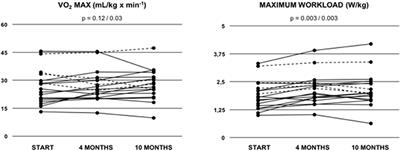
REVIEW
Published on 06 Jan 2022

